Mike Mullin’s debut novel, Ashfall, will be released by Tanglewood Press in October 2011. Visit www.mikemullinauthor.com to learn more about Mike, Ashfall, or what termites taste like.
When I began writing Ashfall in 2008, I quickly realized that the story had the potential to take on a kind of comic-book quality. The disaster I’d chosen to depict, the eruption of the Yellowstone supervolcano, was so horrible and the resulting world so severe that it could easily feel unreal to readers. And while I love comic books, that wasn’t the kind of book I wanted to write. I wanted to write an engrossing disast er novel: one that would make readers feel my hero’s confusion and fear, cheer for him along his journey, and cry with him over the human cost of the eruption.
er novel: one that would make readers feel my hero’s confusion and fear, cheer for him along his journey, and cry with him over the human cost of the eruption.
Making the world of Ashfall seem real involved a lot of research. I read everything from an obscure self-published account of the Mount St. Helens disaster to scholarly articles in the Journal of Volcanology and Geothermal Research. I drove every step of the route my protagonist, Alex, takes through northern Iowa and Illinois, snapping photos and quizzing locals along the way. But I could have researched Ashfall until the heat-death of the universe and still not written a compelling novel. For that, I had to populate my novel with realistic people—people who reflected the diversity of Alex’s hometown, Cedar Falls, Iowa.
As I was drafting Ashfall, I happened across two different editions of Bruce Coville’s The Monster’s Ring—the original 1989 edition and the revised 20th anniversary edition. I read them side-by-side, hoping to glean some lessons in revision from a master. Coville’s books are like potato chips for me—I can’t read just one. So, I quickly re-read all his Magic Shop books.
My favorite Coville novel has always been The Skull of Truth. As I reread it, I tried to figure out why. Why did I like it best, and why did it feel so realistic, despite its wacky premise? The best answer I could come up with sounds like a Facebook relationship status—it’s complicated. Coville layers themes like a master chef making ratatouille: honesty, friendship, cancer, environmentalism, and social action, among others.
On top of the rich base of themes, Coville sprinkles a spicy assortment of minor characters. Just as every person you meet in life is unique, so is each of Coville’s characters. My favorite minor character in The Skull of Truth is Uncle Bennie. He’s a favorite relative and trusted confidant of Charlie, the protagonist. And he’s gay. Coville doesn’t make a big deal about it—Uncle Bennie’s sexual orientation is only hinted at until a late and hilarious dinner table scene.
Now, I love novels that deal directly with sexual identity as much as anyone. Just in the last month, I cheered my way through the incorrectly named Will Grayson, Will Grayson (it should have been titled Tiny Cooper, Tiny Cooper) and cried my way through Cheryl Rainfield’s brilliant Scars. But I think it’s equally important that ordinary sorts of books portray LGBT minor characters, not because portraying diversity is a good thing in and of itself (although it is), but because it makes the books, and ultimately the literature, richer and more realistic.
It’s not without risk. Uncle Bennie is a lightning rod for criticism. Here are a couple of not-so-choice quotes from Amazon and Goodreads reviews of The Skull of Truth: “It includes some subject matter that I feel is inappropriate for ANYONE to read about, much less children” and “The other thing that surprised and disappointed me was the homosexual angle.”
But I wasn’t thinking about reviews or booksales when I wrote Ashfall. What I thought, on rereading Uncle Bennie’s part in The Skull of Truth, was: I can do that. (Yes, the hubris of an unpublished writer is boundless. It has to be, or none of us would ever get started.) And I had a perfect pair of real-life models for my gay characters—my neighbors from across the street.
As character models, they have the additional advantage that they’re completely non-stereotypical gay men. Not long after my wife and I moved into our current home, our burglar alarm went off. In seconds, our two neighbors had dashed across the street, pistols raised above their heads, ready to defend their neighbors’ house. (It was a false alarm.) At election time, our mostly Democratic yard signs debate their mostly Republican yard signs across the street.
And so while I didn’t have to change the way I depict my neighbors in Ashfall to avoid stereotypes, I did change them (and their names). For one thing, I respect their privacy, and for another, they’re both entirely too nice to do some of the things my plot required the characters they inspired to do. Even with my neighbors as models, I found that my own bias crept into the manuscript as I worked. But I’ll save the story of how I and my astute beta readers dealt with that for another blog post.
I hope you will give Ashfall a read when it’s released in October—and I hope that you’ll find it is a richer and more realistic book for the inclusion of a couple of minor characters who happen to be gay. I may not (yet) be as masterful a cook as Bruce Coville, but the spices I borrowed from his cabinet make Ashfall a far tastier dish than it otherwise would be.
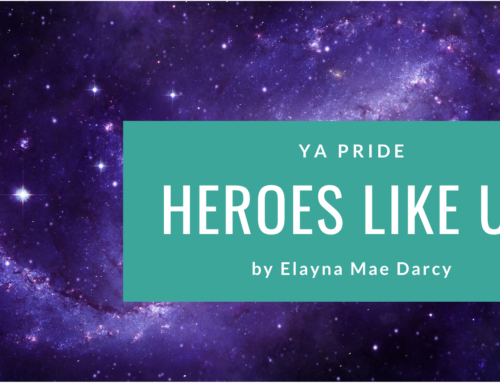
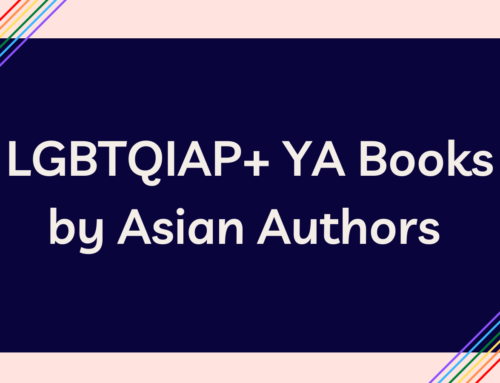
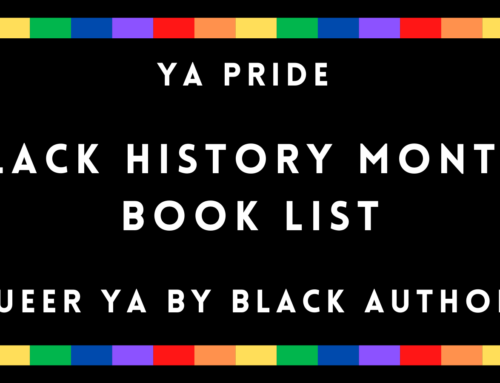
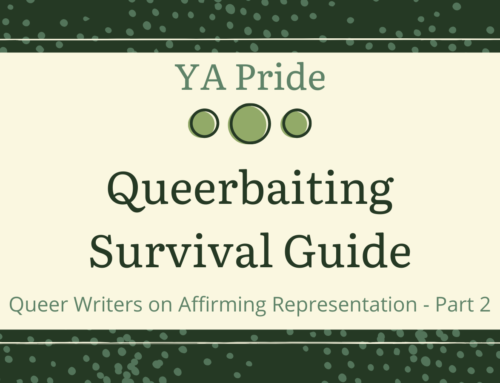
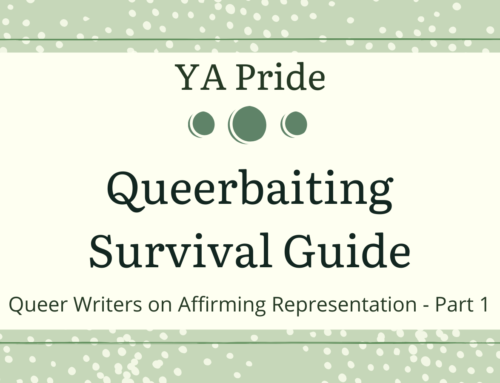
Mike, excellent points. The more GLBT characters are in “regular” books as secondary characters, the less “shocking” it will seem. I’m looking forward to ASHFALL!
@Christine — Thanks! I hope you enjoy ASHFALL!
Ooh I love that last line, great end to a great post ^_^. I’ll have to check out this book now and thanks for telling us about it!
Thanks, Sandy! That last line is a credit to my wife (Margaret, in the comments below). She said something like, “It doesn’t end with enough oomph–why don’t you extend the food analogy.” So I did.
The lesson to take away from that? If you find a good beta reader, marry him/her. Hopefully soon everyone will have that option.
Your comment on Will Grayson, Will Grayson made me laugh aloud. Isn’t that the truth?
I’m glad you tweeted this. It piqued my curiosity since I’ll soon begin my second revision of a book whose secondary protagonist is gay. I didn’t start writing the book intending to include a gay character. Heck, I didn’t expect anything about him to begin with! It was just who he was as I found myself writing more and more about him. I feared that might turn off some readers, but ultimately, not enough to revise this character as he whispered himself to me.
If I were to try revising that, who would I be left with? Not him. Like your neighbors, it’s not all of who he is, but it is a core part of how he has learned to relate to the world. You can’t just take that away, any more than you can–or would want to!–in real life.
You’re definitely doing it right, Deb. The difference between the first novel I wrote (which is languishing in a drawer) and ASHFALL is that in ASHFALL every time I started to get uncomfortable, to feel like I was pushing a boundary, I went for it instead of backing off.
Mike, it was so different to read this officially and online, rather than at home in the draft Word document. Congrats!
I hope to see more gay characters take peripheral roles in a wide variety of literature. Just as race needs to be discussed to reduce racist perceptions, it seems that openness to GLBT issues would be increased if our readers have more opportunities to encounter ‘regular’ people who happen to be gay.
Bravo Mike…and thank you. Paul and I are very excited for Ashfall’s release in the fall.
wow, interesting first for me to read some of the behind the scenes on Ashfall. Can’t wait for it.
[…] Guest Blog: Mike Mullin […]